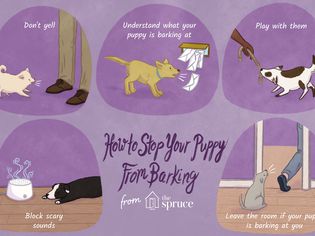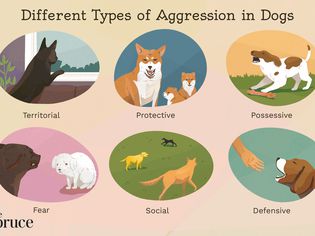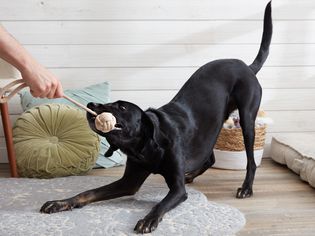Whether you let your dog on the furniture or not is a hotly debated topic. Some people are very passionate about their stance on their dog's couch surfing. So, what's the big deal and how do you keep your dog off the couch should you desire to?
Should You Let Your Dog on Your Couch?
When it comes right down to it, whether you want your dog to remain off the furniture or not is mostly a personal preference. Many dogs, and their owners, love a snuggle on the sofa.
Of course, if you have a smaller breed, if your dog has a back injury or arthritis, or if your furniture is especially high, your dog could hurt themselves if they accidentally fall off or even in their attempts to jump up.
For the most part, though, folks that prefer Fido to stay off do so because it prevents the couch from getting dirty with fur, mud, and other debris. Or maybe you have multiple dogs and having them all on the couch won't leave room for you!
Other owners may choose to keep their dog off the furniture if they have resource guarding issues. This is a complex behavior in which the dog will be protective of a toy, bed, food, or even a comfy sleeping spot on a couch or chair. If your dog resource guards, keeping them off the furniture can help manage this behavior while working on training.
Preventing Your Dog From Getting on the Couch
If you have decided that you don't want your dog on your furniture, how do you go about ensuring that your dog understands this too?
Consistency
The most important thing is consistency! By allowing your dog on the couch sometimes and then not allowing them on other times you will be confusing your pup and setting them up for failure.
This consistency needs to be applied by all family members and visitors to your home. No one should be inviting your dog up onto the couch.
Provide a Bed of Their Own
Most dogs want to be on the couch with you because they want to be comfortable and because they want to be with you. Offer them a cozy bed close by as an alternative to the couch and other furniture. Similar to crate training, make this bed a fun, safe, and rewarding place for them. Give your dog interactive toys like a treat-filled kong or other puzzle feeders while they are in their bed to positively encourage them to settle there.
Teach the Cues 'Off' and 'Go to Your Bed'
Teaching your dog what 'off' and 'go to your bed' mean can help you while you are training your dog to stay off the furniture. Pair your dog getting off the furniture with the cue 'off' and a positive reward, such as a treat and praise.
Similarly, pair your dog going to their bed with the cue 'go to your bed' and a positive reward. If your dog knows these cues they will happily get off the couch if you catch them because they know something good will happen when they do.
Block Access to the Furniture
Management is a key part of any training program. Making your furniture inaccessible to your dog can help you prevent them from couch surfing when you are not able to supervise.
You can block your dog's access to furniture with baby gates, by flipping the cushions up vertically, or by placing something on the furniture like an upside-down laundry bucket.
If your dog likes to get up on the furniture to look out the windows, make the windows more appropriately accessible. Smaller breed dogs that like to look out the windows may appreciate a set of pet steps or a 'cat sill' that they can rest on.
However, if your dog is reactive when they look out the window and wanting to get on to the couch to guard your home, you will want to block access while you work on training.
Avoid Aversives
Sometimes things like scat mats, which provide a vibration, uncomfortable upside-down car mats, or even a distracting loud noise are recommended to get your dog off the furniture. However, if you use the training and management techniques described above, aversives tools like this shouldn't be needed.
For some dogs, these methods may also cause fallout, such as generalized fear of furniture, things that resemble the mats (like a dog bed or blanket), and any loud noise.
There is nothing wrong with allowing your dog onto the couch, but, if you would prefer for them to stay off, being consistent and rewarding the alternative behavior you do want is the key to success. For more tips and techniques, seek out a certified, positive reinforcement-based dog trainer.










Comments on " How to Keep Your Dog off the Couch and Other Furniture" :